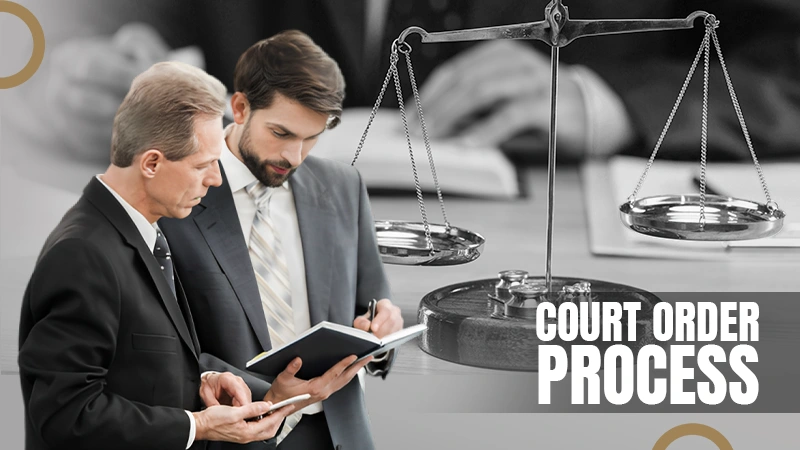Differences Between Plaintiff And Defendant
Have you ever noticed that lawyers are on a different trip when it comes to averting plain English? Lawyers have their own ways of speaking the English language.
Sometimes, it sounds like they are speaking an entirely different language, as they frequently use words and terminologies that are not necessarily used in our everyday life. In fact, there is also a term to define the overly technical nature of the language they speak. It’s called legalese.
However, it’s not difficult to have a somewhat good amount of knowledge about some of the basic terminologies that a lawyer use in his everyday life. As you are reading this article, I assume that you are interested in learning some of those terms.
After you have read this article, I can assure you that you would have a good understanding of the two terms – 1) the plaintiff and 2) the defendant. Without further due, let’s get started.
Differences Between Plaintiff and Defendant
Plaintiff?
So what is a plaintiff? In its purest form, a plaintiff is a person who brings a lawsuit against someone. One thing to remember is that a plaintiff is not necessarily the victim. The one who brings the lawsuit is the plaintiff. That’s it.
Let’s consider an example. On a cheerful evening, Peter was driving his car, but suddenly Mike’s car appears. Mike tries to overtake Peter. In doing so, Mike’s car hits Peter’s car, causing severe damage. So Peter decides to file a lawsuit against Mike. And he does file a lawsuit against Mike.
In this example, Peter is the plaintiff.
As you know that the plaintiff is the one who brings the lawsuit, it is the responsibility of the plaintiff to file the complaint. The complaint is the first step you might say. It is a document that shows the legal basis for the claim the plaintiff has made. It also includes the factual basis, that is, what and how the violation of law has happened.
Maybe you have seen something like Colin George vs. Edward john. How do you distinguish the plaintiff from this italic line? The first name is always the name of the plaintiff. It means that Colin George is the one who has filed the complaint. He is the plaintiff here.
The Burden Of Proof:
This is one of the major aspects of a plaintiff. Now that, in our example, Peter has filed a lawsuit against Mike, it is the burden for Peter to present the evidence.
As the plaintiff is the one who is filing the complaint in the first place, this means he has brought some allegations against someone. So, quite naturally, the plaintiff has to gather all the evidence showing how the person whom the lawsuit has been filed against has violated the law.
The plaintiff has to keep in mind three other issues concerning the evidence.
One, the plaintiff has come up with proof that is beyond any reasonable doubt. The evidence should suggest that the violation of the law could not have been done by anyone else.
Two, the proof must create an impact that drives the court to reach a decision. And finally, the evidence has to be clear and convincing in every aspect. It has to show that the defendant is guilty of the crime concretely.
Defendant
So now you have a pretty clear idea of what a plaintiff is in a lawsuit. Now, what is a defendant? You might have noticed that I have used the word “defendant.” And as you might have guessed by now, the defendant is the person against whom the lawsuit has been filed. This means that the defendant is the one is accused of violating the law. So considering our example, Mike is the defendant.
Generally, in criminal cases, the state is the plaintiff, and the person accused of a certain crime is the defendant. The local, state, or federal authority is the plaintiff because they are bringing the lawsuit on behalf of the people.
In civil cases, the lawsuit is brought by one party against another party. It’s between two individuals or corporations, for example.
Suppose you see a case name such as Colin George vs. Edward John, the next thing you know is that Edward John is the defendant as the name comes second.
No Burden of Proof:
There is no burden of proof for the defendant. It is the responsibility of the plaintiff. Think about it. It is the plaintiff who has brought the allegations against the defendant. So the plaintiff himself has to provide the evidence proving his claims.
So when you, as a defendant, are being sued, that is a complaint has been filed against you. So, you will be served a copy of the copy of the claim. And you have to file answers, that is, you have to respond to each allegation brought by the plaintiff. This document will be served to you by an officer of the court.
Read this also: Are Personal Injury Lawyers Overpaid?
Final Words
Now you know two of the most frequently used words in the fields of law. I guess you have quite a good understanding of the fundamental roles of a plaintiff and a defendant in a lawsuit. One more thing to be noted, a defendant can be a plaintiff by asserting a claim against the plaintiff.This is known as counterclaims. In this situation, the “initial” plaintiff will be called the counter-defendant, and the defendant will be called counter-plaintiff. If you want to know more about it, you can visit here injury lawyer red deer.
Follow Us
Latest Post
















